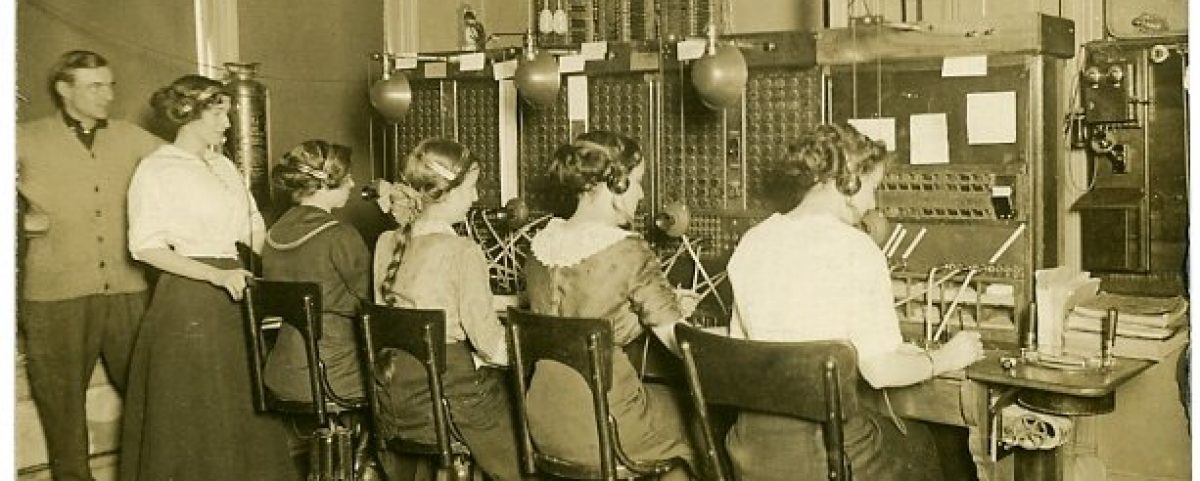I recently did a Delaware Humanities sponsored talk on Women’s Suffrage at the New Castle Courthouse Museum. In that ancient courtroom, a large, engaged crowd gathered on a Sunday afternoon to reflect on the long struggle for women’s suffrage in America. For some eighty years, the ladies petitioned, campaigned, marched, and protested as they fought to convince men that they should have equal access to the ballot box. It is important to remember their stories, struggles, and sacrifices as they fought for equality.

During one segment, we talked about the role of Delaware women, prominent and every day, in making a difference for the movement. Frequently, many of these underrepresented experiences have been left out of the narrative so I weave some of those struggles into the accounts, especially those of people on the front line.
While discussing the role of Delaware suffragists in the movement, a gentleman sitting on one of the court benches in the back of the room joined the conversation, remarking that the photo on the screen was his grandmother, Catherine Boyle, a munitions worker from New Castle during World War I. She was arrested for watchfires in January 1919. Given the choice of a fine or jail time for starting what the metropolitan police called “large bonfires,” Mrs. Boyle decided that she would rather be incarcerated.
Earlier, during a suffrage demonstration in Lafayette Square across from the White House, sixty members of the National Woman’s Party were arrested on Aug. 7, 1918. These detainees included Mrs. Boyle and nine other protestors from the First State (Evening Journal Aug. 7, 1918). Major Raymond Pullman, chief of police in the District, said that in addition those “bearers of the most prominent banner in the demonstration would be held under the espionage act.” The banner said, “We protest against continued disenfranchisement of American women for which the President of the United States is responsible.”
Another time, twenty-two militant suffragists went on a hunger strike in the prison, charged with lighting fires on government property. They also burned copies of President Wilson’s speeches in Europe in a watchfire of freedom before the White House. This they said was in protest for his failure to force through the suffrage amendment in the Senate. Among this group were Mrs. Catherine Boyle of New Castle, Mrs. Lawrence Barrett, and Mrs. Mary E. Brown of Wilmington, DE,” the Evening Journal reported on Jan. 18, 1919.
Before we moved on in the program, Mike McCaffery, the relative, shared a little more about the experiences of the advocate for women, family accounts that have been handed down through the generations.
Several other Delaware suffragists were arrested in the District of Columbia for believing that women’s voices were as important as any and needed to be heard. Ms. Arnel told the Sunday Star, a Wilmington newspaper, “We were good enough to work in the steel plant and help load shells for the battle-fields of France, but we are still not good enough to vote, it seems. Can anyone see justice in this?”
While locked up, the women went on hunger strikes, eating nothing while doing time. When they were released in January 1919, the Evening Journal remarked: “They looked none the worse for their experience, but proud that they had been imprisoned for the cause of political freedom for women (Jan. 22, 1919).”
These ladies all wore the “prison pin,” a miniature replica of a cell door in the Occoquan Workhouse, where the suffragists had been imprisoned. The pins showed “the bars and lock, and the place through which soup and wormy bread” was passed to them. At least ten women from the State were entitled to wear the “prison gate” gold pin for equal suffrage from the Woman’s National Party.

Delaware ladies were deeply involved in the protests in the District of Columbia. They marched in the streets and were heckled, and these silent sentinels stood guard at the White House, ensuring the nation and President Woodrow Wilson heard their message. And they tended the watchfires burning on Pennsylvania Avenue as the long campaign was pushed to victory. Often they were arrested for simply assembling and marching as they challenged those that believed that women did not need to vote as husbands, the heads of the household, represented the family at the polls.
The suffragists of Delaware were an instrumental part of the suffrage movement, and although it had been a long road to the polls, it finally happened in 1920 when the 19th amendment was passed, allowing women to enter the voting booth for the first time.

See Also




